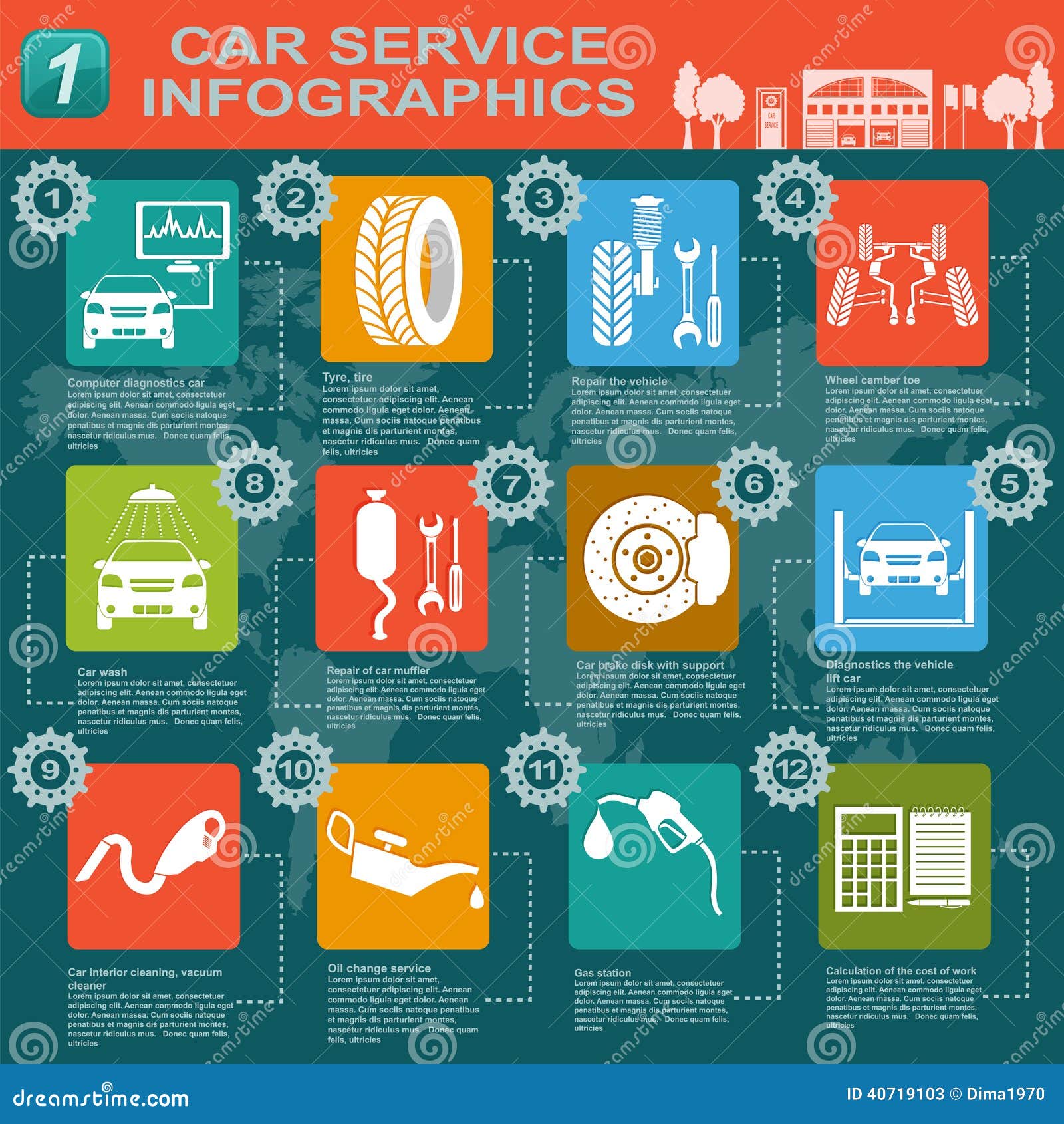Comprehending Your Vehicle'S Caution Lights: What Do They Actually Mean?
Comprehending Your Vehicle'S Caution Lights: What Do They Actually Mean?
Blog Article
Web Content Composed By-Lim Kejser
When you're behind the wheel, those glowing caution lights on your dashboard can be a bit difficult. Do you understand what they're attempting to tell you concerning your car's health and wellness? Recognizing the importance of these lights is vital for your safety and security and the longevity of your automobile. So, the next time one of those lights appears, wouldn't you wish to analyze its message precisely and take the needed steps to resolve it?
Common Warning Lighting and Interpretations
Recognize usual warning lights in your car and comprehend their definitions to make certain risk-free driving.
One of the most normal warning lights consist of the check engine light, which indicates issues with the engine or discharges system. If this light comes on, it's important to have your lorry inspected quickly.
The oil stress cautioning light indicates low oil pressure, requiring immediate focus to avoid engine damages.
A blinking battery light may suggest a defective charging system, potentially leaving you stranded otherwise dealt with.
The tire stress surveillance system (TPMS) light informs you to low tire stress, influencing vehicle security and gas effectiveness. Neglecting this can result in unsafe driving problems.
The abdominal muscle light suggests a trouble with the anti-lock braking system, jeopardizing your capability to quit swiftly in emergencies.
Finally, the coolant temperature cautioning light warns of engine overheating, which can cause serious damage if not resolved swiftly.
Understanding these common caution lights will aid you address problems quickly and preserve risk-free driving problems.
Significance of Prompt Focus
Recognizing the usual caution lights in your automobile is only the very first step; the importance of immediately addressing these cautions can't be emphasized enough to guarantee your safety when traveling.
When a caution light illuminates on your control panel, it's your car's way of connecting a prospective issue that needs focus. Overlooking please click the next internet page can result in much more extreme problems later on, endangering your security and possibly costing you much more out of commission.
Prompt focus to alerting lights can stop break downs and accidents. For instance, a blinking check engine light might indicate a misfire that, if left ignored, could trigger damages to the catalytic converter. Addressing this quickly can conserve you from a pricey fixing.
In a similar way, a brake system alerting light could signal reduced brake fluid or worn brake pads, crucial elements for your safety and security when driving.
DIY Troubleshooting Tips
If you notice a caution light on your dashboard, there are a couple of DIY troubleshooting ideas you can try before looking for expert aid.
The first step is to consult your automobile's manual to understand what the particular caution light shows. In some cases the problem can be as basic as a loosened gas cap triggering the check engine light. Tightening the gas cap might resolve the problem.
https://www.wwlp.com/news/spend-less-at-the-pump-with-these-fuel-saving-tips/ is a low battery, which can set off numerous warning lights. Checking the battery connections for rust and ensuring they're protected might fix the problem.
If a caution light continues, you can attempt resetting it by separating the automobile's battery for a couple of mins and afterwards reconnecting it. In addition, checking your vehicle's liquid degrees, such as oil, coolant, and brake liquid, can assist troubleshoot alerting lights connected to these systems.
Conclusion
Finally, recognizing your cars and truck's caution lights is necessary for maintaining your vehicle running efficiently and securely. By without delay resolving these informs and knowing what they imply, you can avoid costly fixings and prospective breakdowns.
Remember to consult your cars and truck's guidebook for specific details on each warning light and act as necessary to make certain a trouble-free driving experience.
Keep notified, stay secure when driving!
